Spring has arrived in the Northern Hemisphere, and with it, the opportunity to shed our jackets and bask in the beauty of nature.
Reflecting on the wonders of our wild world, I serendipitously came across the phrase electric nature.
What does it mean? At first, I wondered if it was the crackle of lightning?

Or the guiding hand of the Fibonacci sequence?
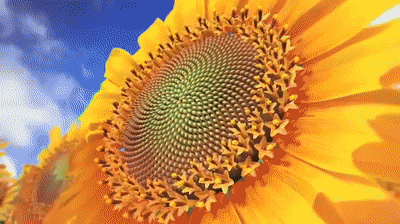
Perhaps it’s a nod to clean energy sources like windmills and solar panels?
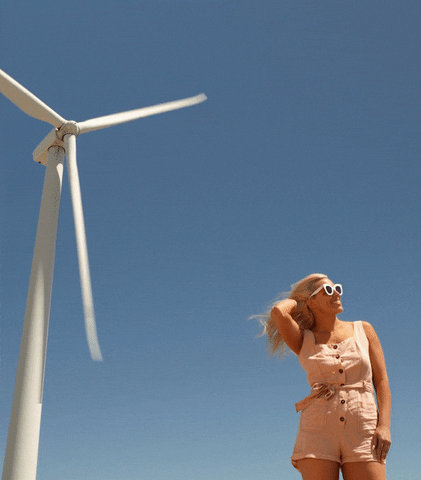
Or maybe it’s the vibrant pulse of a coral reef?
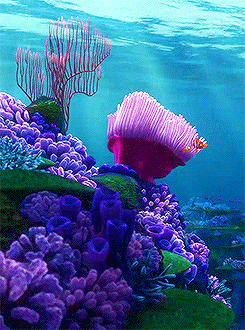
The easeful glide of an e-bike through an untouched landscape?
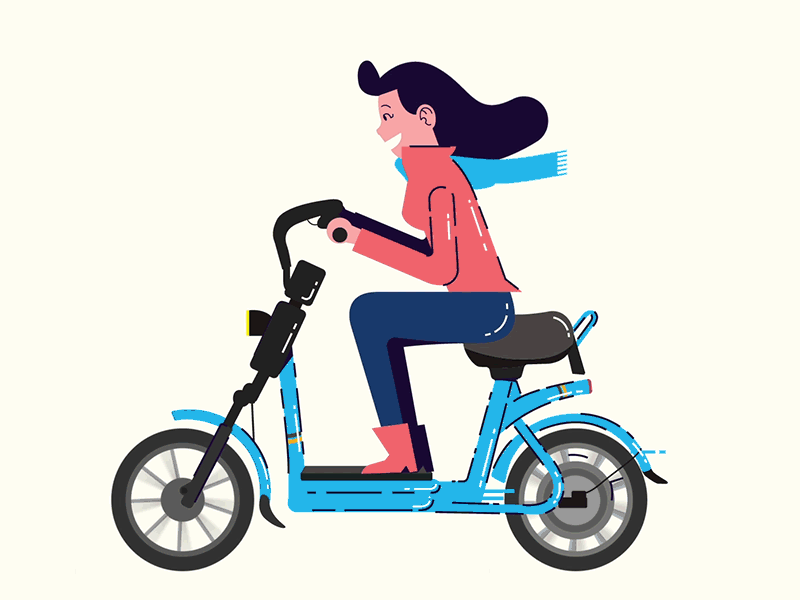
Turns out, “Electric Nature” is the name of an indie band from Athens, Georgia.

But I think it could encapsulate all of the interpretations above. The term could be interpreted as the internal mechanisms of our brains, which are pulled toward nature through electromagnetic waves. Or it could refer to the external forces of nature itself, prompting us to heed its call.
As we continue to make technological progress, it’s important to discover the delicate balance between human progress and the natural world.
Brain Waves
All of us have electrical voltages oscillating in that mush between our ears. Neurotechnologies, the most popular being neurofeedback therapy, can help us consciously control our brain waves. The aim is to adopt healthier brain patterns—improving focus, reducing stress, or helping break addiction.
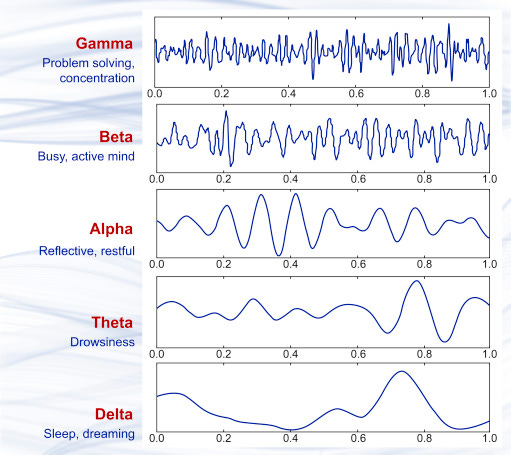
Now it’s unlikely you’re mucking about hooked up to an EEG monitor. And while the efficacy of neurotherapy is still contested, the physiological justifications for the placebo effect are fascinating.
Grounding practices like breathwork and cold-water exposure can help regulate electrical activity in the brain—and you can also convince yourself of such. There is great power in choosing your attitude, and in turn, shaping your world.
So what does all this brain wave mumbo jumbo mean for me you ask? It depends. One thing to appreciate is when and how you work and play at your best. And to do this, you need to know your chronobiology. Plan your work around your unique biology and tailor your schedule to your most productive times.
With Spring here and the sun lingering longer into the night, you’ll likely need a re-jig of your current setup. If you’re open to it, consider that with the waxing gibbous moon leading up to the full moon on the 25th – you’ll experience a surge of norepinephrine.
Norepinephrine is low during sleep and high when stressed—mobilizing your brain and body for action. Your fight/flight/freeze/fawn responses are activated so you’ll become more alert, vigilant, focused, restless, and anxious. Nice concoction right?
The invitation here is to appreciate that you’ll be more analytical than usual. You could find yourself Mary Kando-ing the shit out of your house, planning something with fervor, or devising a strategy for the change ahead.
Nature’s Triggers
Not long after my first encounter with burnout, I hosted a retreat in a chic converted pig pen in Norfolk. It was intended to be a reboot; an escape from the London bustle and escalating social noise. We placed our phones in a wicker basket for the weekend and turned our attention to the raw, unfiltered symphony of nature.
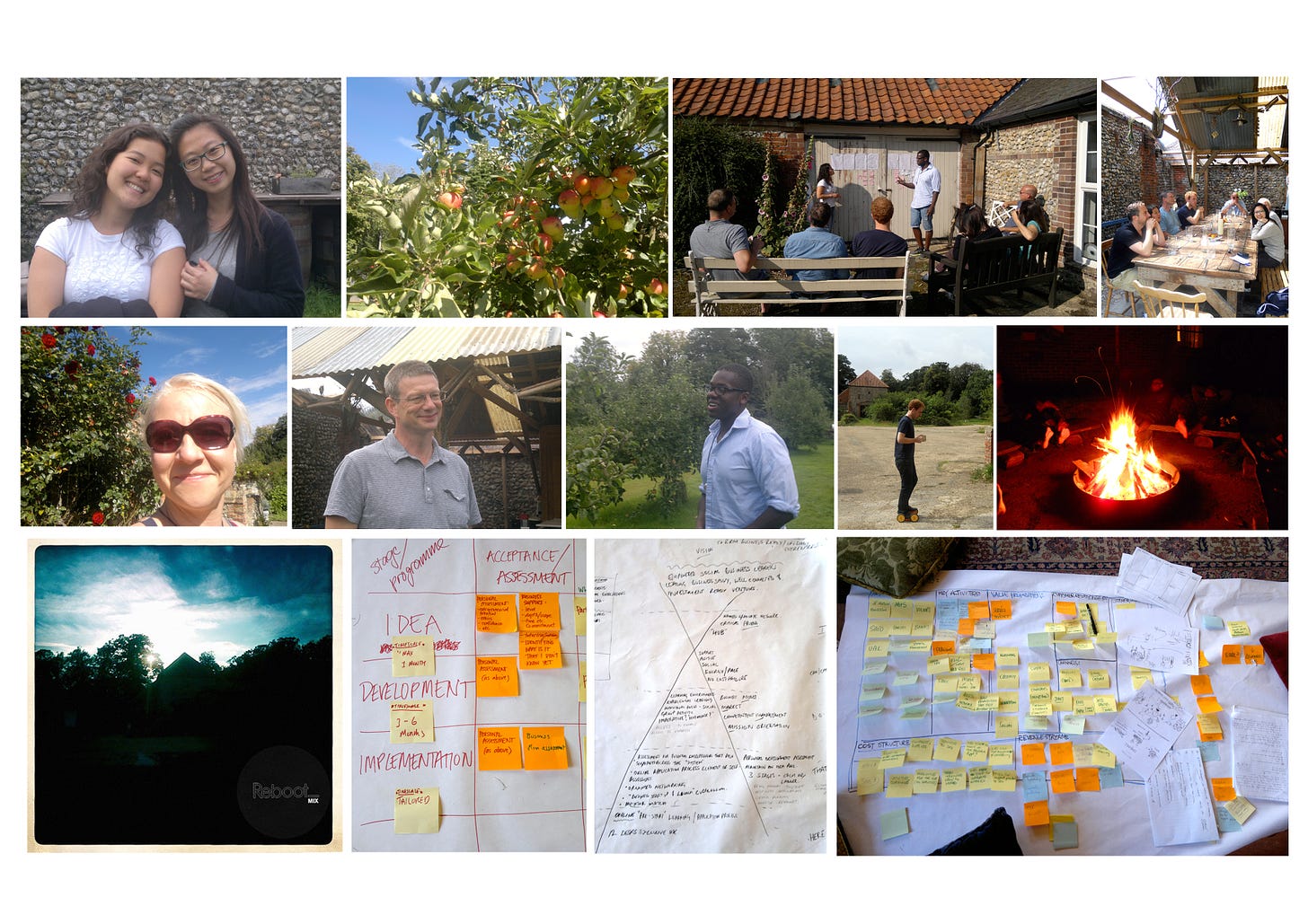
My eyes drew in the wildness of the woods. My ears were delighted by birds chirping instead of the usual beats blasting in my headphones. And I ate delicious and healthy food straight from the farm.
Nature’s awesomeness is in part due to its impermanence. A tree may look like a statue in a single moment, but put it through time-lapse for a season and it’s a whole different story.

As Casper Ter Kuile muses in his book The Power of Ritual, our struggle to align with seasonal cycles is exacerbated by our ability to ignore them. Urban lifestyles, year-round blueberries, endless streaming services, and transatlantic flights make it all too easy to neglect nature’s rhythms.
If you’ve been reading this newsletter for a while, I don’t need to bore you (yet again) with the benefits of nature exposure. But I can’t help myself: A simple walk can boost your creative output on average by 60 percent! And let’s not forget the mental clarity, improved cognition, enhanced working memory, refined focus, and sense of connection to the world that comes from your stroll in the park. Your steps directly correlate to your creative performance.
When you debunk from your workstation to let nature work on you, there is fertile ground for inspiration and productivity to blossom. As coach Bart van Grinsven declares – you can accelerate your thinking by decelerating your pace.
NSYNC: Harmony in Progress
How might all this tie into a broader theme of harmony in progress? Electric nature is more than a catchy phrase—it embodies the intricate relationship between humanity, the natural world, and our evolving technological horizons.
As we unpick this dynamic relationship, we uncover a wealth of opportunities to transition from extractive business paradigms to regenerative models that harmonize with nature and uplift society.
Biomimicry, the practice of emulating nature’s blueprints, is a testament to the ingenuity of natural systems. From spider silk’s resilient structures to honeybee colonies’ energy-saving strategies, nature’s designs inspire breakthroughs in many fields. Drawing from the genius of nature, we can unlock new pathways to sustainable innovation.
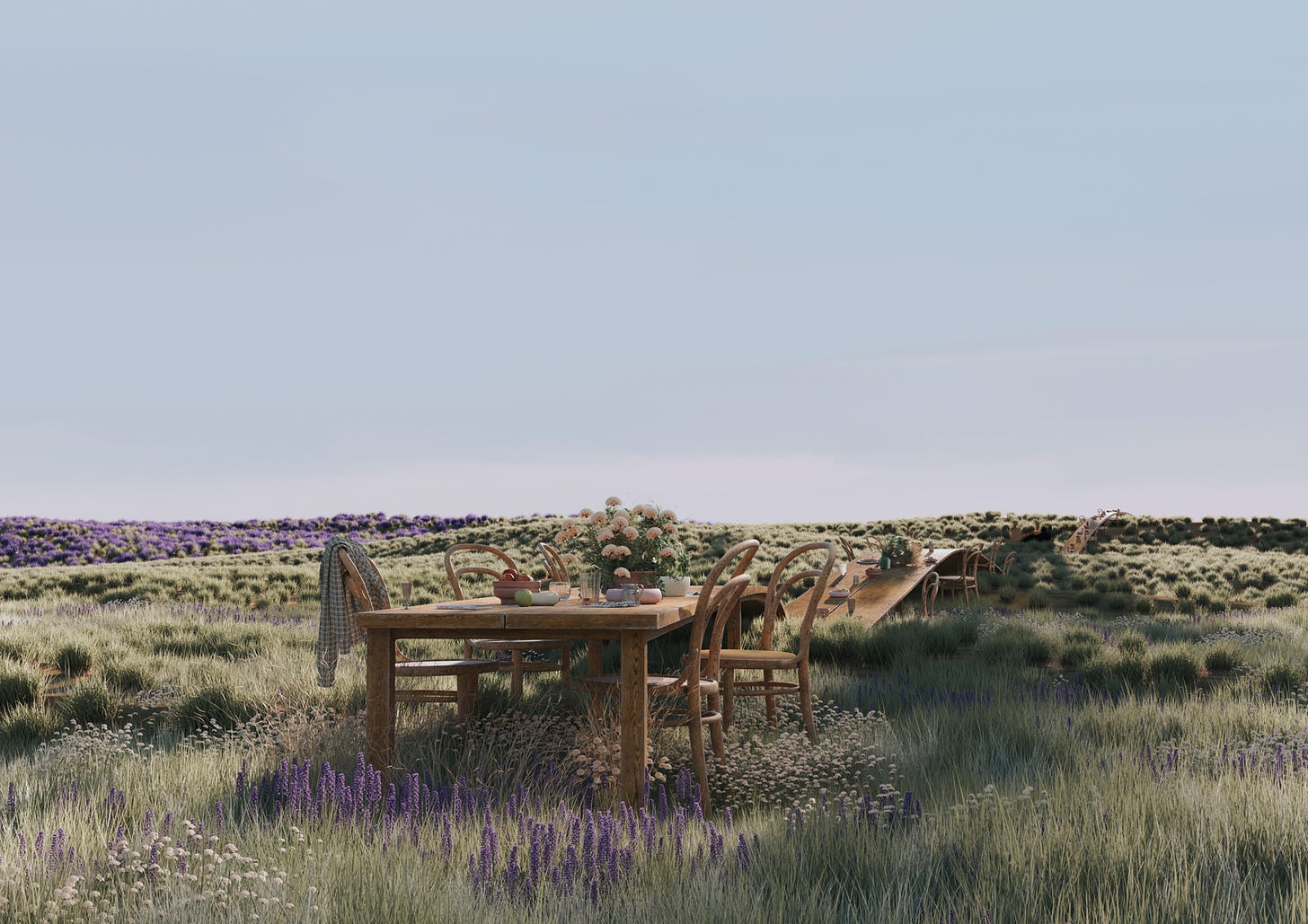
To foster this harmony, we must weave a narrative that transcends the narrow confines of progress, embracing the wisdom inherent in our collective consciousness and ecological well-being.
Our cultural stories often obscure the delicate interplay between progress and preservation, leading to a disconnect from the natural world. By acknowledging and reshaping these narratives, we can profoundly impact the trajectory of human flourishing.
How do we embrace this dance of change? We align our daily actions and choices with the rhythms of nature. We use technology to enhance our connection to the wild world and move in sync with nature’s orchestra.
